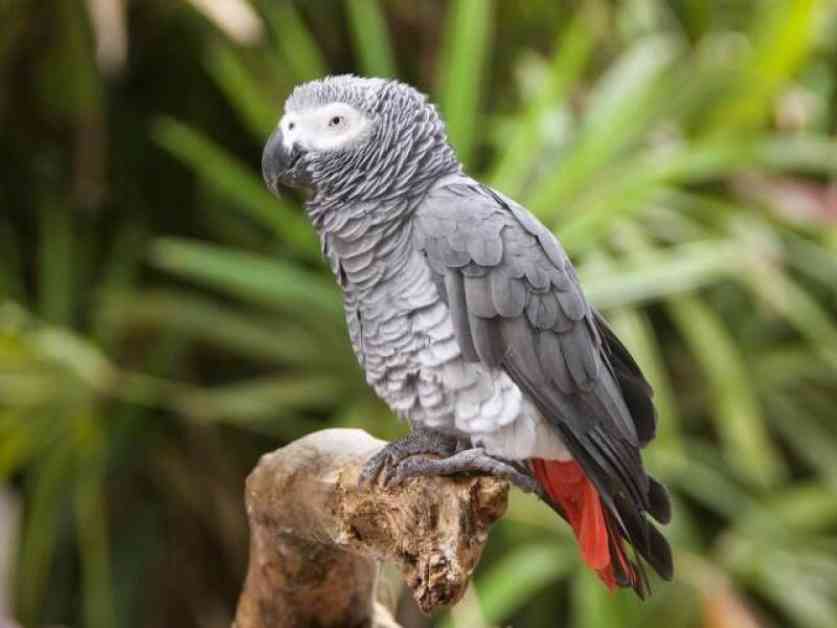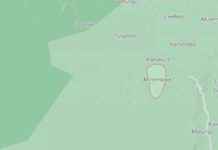The Congolese government is taking a stand against the illegal wildlife trade, specifically targeting the sales of endangered grey parrots at provincial entry points. This initiative comes as part of a global effort to combat the trafficking of threatened species, aligning with the guidelines set forth by the Convention on International Trade in Endangered Species (CITES).
Government Calls for Enhanced Surveillance
The Ministry of Environment and Sustainable Development has issued a directive to all relevant authorities to increase their monitoring efforts to crack down on the illicit trade of wildlife. The focus is particularly on grey parrots, whose populations have been decimated due to poaching and trafficking. By strengthening surveillance at provincial entry and exit points, the government aims to curb the illegal trade and protect these vulnerable species from further harm.
In a recent statement, a spokesperson for the ministry emphasized the importance of enforcing existing laws and regulations to combat wildlife trafficking effectively. They highlighted the critical role that enhanced surveillance plays in safeguarding endangered species like grey parrots and preventing their exploitation for profit. By cracking down on illegal wildlife trade, the government is taking a proactive stance to protect biodiversity and preserve these valuable species for future generations.
Challenges and Opportunities
While the government’s call for enhanced surveillance is a step in the right direction, there are still significant challenges to overcome in curbing the illegal wildlife trade. The porous nature of provincial entry points, coupled with the lucrative demand for exotic wildlife, presents a complex challenge for enforcement agencies. Smugglers often exploit gaps in surveillance systems to transport endangered species across borders, making it difficult to detect and intercept illegal shipments.
To address these challenges effectively, experts suggest a multi-pronged approach that combines increased surveillance with community engagement and international collaboration. By involving local communities in conservation efforts and working with neighboring countries to strengthen cross-border cooperation, authorities can create a more robust defense against wildlife trafficking. Additionally, raising awareness about the importance of biodiversity and the devastating impact of illegal trade can help reduce demand and discourage poaching.
In conclusion, the government’s decision to ramp up surveillance at provincial entry points is a crucial step in the fight against wildlife trafficking. By prioritizing the protection of endangered species like grey parrots, authorities are sending a strong message that illegal exploitation of wildlife will not be tolerated. Through coordinated efforts and collaboration with local communities and international partners, Congo can work towards a future where its precious biodiversity is preserved for generations to come.

















